Home>Gardening & Outdoor>Garden Tools & Equipment>How Often To Sharpen Lawnmower Blades
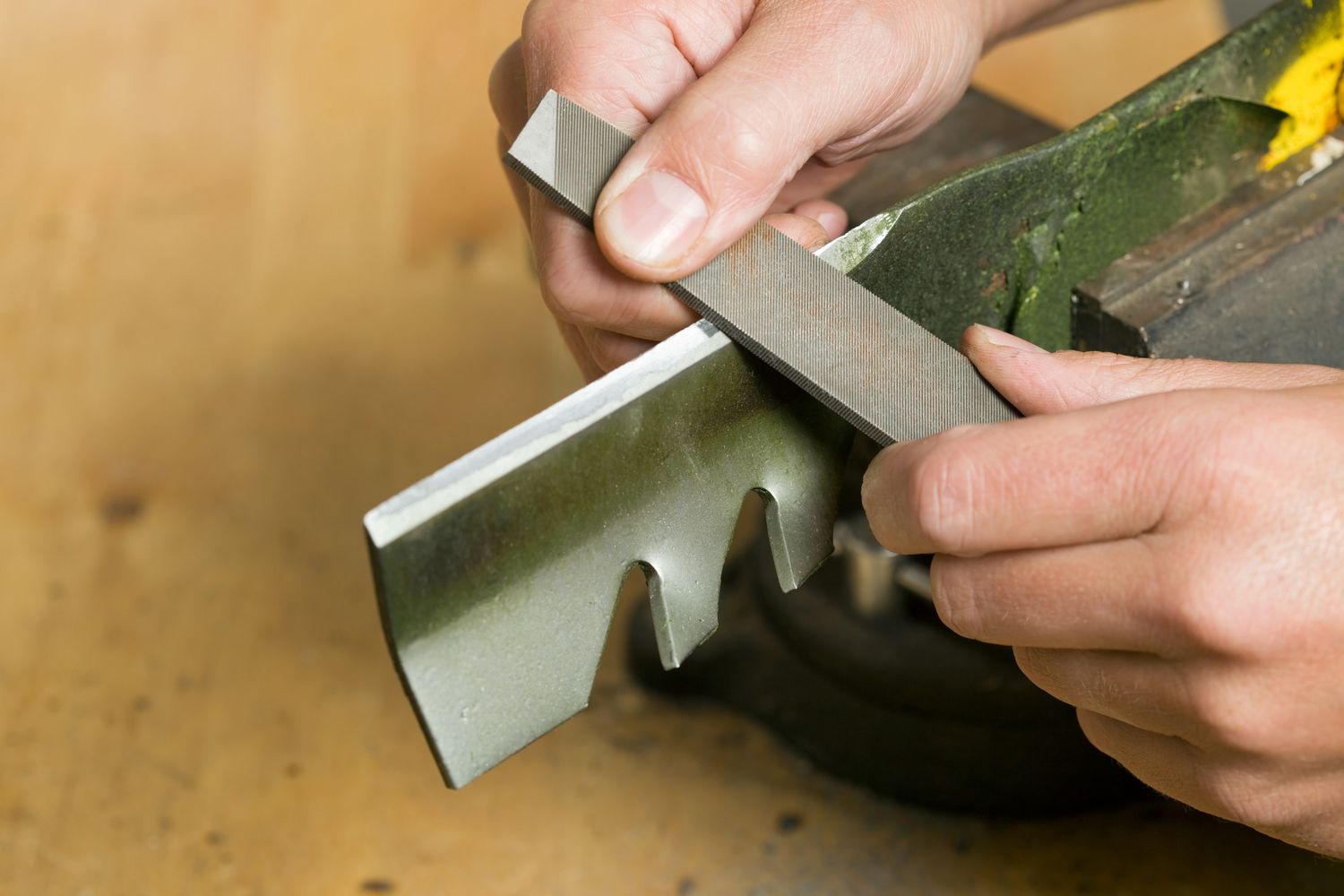

Garden Tools & Equipment
How Often To Sharpen Lawnmower Blades
Modified: February 18, 2024
Learn the best practices for sharpening lawnmower blades to keep your garden tools and equipment in top condition. Find out how often to sharpen and maintain your blades for a pristine lawn.
(Many of the links in this article redirect to a specific reviewed product. Your purchase of these products through affiliate links helps to generate commission for Storables.com, at no extra cost. Learn more)
Introduction
Lawnmowers are essential tools for maintaining a healthy and attractive lawn. Whether you have a small urban garden or a sprawling rural landscape, a well-maintained lawnmower is crucial for keeping your grass in pristine condition. However, many homeowners overlook a key aspect of lawnmower maintenance: the sharpness of the blades.
In this article, we will delve into the often-neglected topic of lawnmower blade sharpening. We will explore the significance of keeping your lawnmower blades sharp, identify the telltale signs that indicate your blades are due for sharpening, and discuss the optimal frequency for this essential maintenance task. Additionally, we will outline various methods for sharpening lawnmower blades, empowering you to tackle this crucial aspect of lawnmower maintenance with confidence.
By the end of this article, you will have a comprehensive understanding of why, when, and how to sharpen your lawnmower blades, ensuring that your lawn receives the care it deserves and your lawnmower operates at peak performance. Let's dive in and uncover the secrets to maintaining razor-sharp lawnmower blades for a pristine lawn.
Key Takeaways:
- Regularly sharpening lawnmower blades is crucial for a healthy lawn, efficient mowing, and cost-effective fuel consumption, ensuring a pristine and well-maintained yard.
- Signs that your lawnmower blades need sharpening include uneven cuts, frayed grass tips, increased mowing effort, torn grass clippings, and lackluster lawn appearance, indicating the need for proactive maintenance.
Importance of Sharp Lawnmower Blades
Sharp lawnmower blades are the unsung heroes of a well-groomed lawn. Their significance cannot be overstated, as they play a pivotal role in achieving a clean and healthy cut. When lawnmower blades are sharp, they effortlessly slice through grass blades, resulting in a neat and even trim. Conversely, dull blades tear and shred the grass, leaving behind a ragged and uneven surface.
The benefits of sharp lawnmower blades extend beyond aesthetics. A clean cut promotes the overall health of the grass. When grass blades are cleanly trimmed, they recover more quickly, reducing the risk of disease and promoting lush, vigorous growth. In contrast, a jagged cut creates openings for pathogens to invade, potentially leading to brown patches and weakened grass.
Furthermore, sharp blades contribute to the efficiency and longevity of your lawnmower. When blades are dull, the lawnmower’s engine must work harder to compensate for the lack of cutting effectiveness. This can lead to increased fuel consumption, premature wear and tear on the engine, and overall decreased performance.
Another often overlooked advantage of sharp blades is their impact on fuel efficiency. A lawnmower with sharp blades requires less power to operate, resulting in reduced fuel consumption and lower emissions. This not only benefits the environment but also saves you money in the long run.
Moreover, the time and effort required to mow the lawn are significantly reduced when using sharp blades. Dull blades necessitate multiple passes over the same area to achieve an acceptable cut, extending the time spent on mowing and causing unnecessary strain on the lawnmower and the operator.
In essence, the importance of sharp lawnmower blades cannot be emphasized enough. They are the cornerstone of a well-groomed lawn, promoting the health of the grass, optimizing the performance of the lawnmower, and conserving time and resources. Understanding the pivotal role of sharp blades sets the stage for recognizing the signs that indicate when it’s time to sharpen your lawnmower blades, a topic we will explore in the next section.
Signs That Your Lawnmower Blades Need Sharpening
Recognizing the signs that indicate your lawnmower blades are due for sharpening is essential for maintaining a healthy and well-manicured lawn. By staying attuned to these indicators, you can address blade dullness proactively, ensuring that your lawnmower operates at peak efficiency and your lawn retains its pristine appearance.
One of the most apparent signs of dull lawnmower blades is an uneven or ragged cut. When grass blades are torn or shredded instead of cleanly sliced, it is a clear indication that the blades are no longer sharp. This uneven cutting not only detracts from the visual appeal of the lawn but also compromises the health of the grass, leaving it vulnerable to disease and stress.
Another telltale sign is the presence of frayed or whitish tips on the grass blades after mowing. When the blades are dull, they tend to bruise the grass rather than making clean cuts, resulting in a distinctive whitening of the grass tips. This is a clear indication that the lawnmower blades are in need of sharpening.
Furthermore, if you notice an increase in the time and effort required to mow the lawn, it may be a sign that the blades are no longer cutting efficiently. Dull blades necessitate multiple passes over the same area to achieve an acceptable cut, leading to unnecessary strain on the lawnmower, increased fuel consumption, and a longer, more arduous mowing process.
Additionally, inspecting the grass clippings can provide valuable insights into the condition of your lawnmower blades. If the clippings appear torn and tattered rather than clean and uniform in length, it is a strong indication that the blades are dull and in need of sharpening.
Lastly, paying attention to the overall appearance of the lawn after mowing can reveal signs of blade dullness. If the lawn exhibits a lackluster and unhealthy appearance despite regular mowing, it may be attributed to the ineffective cutting action of dull blades.
By remaining observant of these signs, you can proactively address blade dullness, ensuring that your lawnmower operates at peak performance and your lawn maintains its lush and healthy appearance. In the next section, we will explore the optimal frequency for sharpening lawnmower blades to mitigate these signs effectively.
Sharpen lawnmower blades at least once a season or more often if you notice a decrease in cutting efficiency. A sharp blade will give you a cleaner cut and promote a healthier lawn.
How Often Should You Sharpen Lawnmower Blades?
Understanding the optimal frequency for sharpening lawnmower blades is crucial for maintaining a well-groomed lawn and ensuring the longevity of your lawnmower. While the frequency of sharpening largely depends on usage and the type of grass being cut, a general guideline can help you determine when it’s time to sharpen your blades.
For homeowners with small to medium-sized lawns, a good rule of thumb is to sharpen the lawnmower blades at the beginning of each mowing season. This proactive approach ensures that the blades are in optimal condition as you embark on the seasonal lawn care routine. Additionally, if you notice any of the signs of blade dullness mentioned earlier, it is advisable to sharpen the blades immediately to prevent further damage to the grass and the lawnmower.
For larger properties or lawns with more demanding mowing requirements, such as thicker grass or frequent mowing, more frequent blade sharpening may be necessary. In such cases, inspecting the blades after every 10-25 hours of use is recommended. This proactive approach allows you to address blade dullness before it impacts the health and appearance of the lawn.
It’s important to note that environmental factors, such as sandy soil or mowing in dusty conditions, can accelerate blade dullness. In such scenarios, more frequent blade sharpening may be necessary to counteract the abrasive effects of these conditions.
Ultimately, the frequency of sharpening lawnmower blades is a balance between proactive maintenance and responsiveness to the needs of your lawn. By staying attuned to the signs of blade dullness and adhering to a proactive sharpening schedule, you can ensure that your lawnmower operates at peak performance, promoting the health and beauty of your lawn.
Now that we’ve established the importance of regular blade sharpening and the optimal frequency for this maintenance task, let’s explore the methods for sharpening lawnmower blades to equip you with the knowledge and skills needed to maintain sharp and effective blades.
Methods for Sharpening Lawnmower Blades
Sharpening lawnmower blades is a fundamental aspect of lawnmower maintenance, and there are several methods to achieve this essential task. Whether you prefer a hands-on approach or seek the convenience of professional assistance, there are various methods to suit your preferences and skill level.
1. Professional Sharpening Services: Utilizing the expertise of professional sharpening services is a convenient option for homeowners who prefer to entrust this task to skilled professionals. These services employ specialized equipment and techniques to restore the sharpness of lawnmower blades efficiently and effectively. While this option involves a cost, it ensures precision and quality results.
2. Bench Grinder: For those inclined toward a do-it-yourself approach, a bench grinder can be a valuable tool for sharpening lawnmower blades. This method requires careful attention to maintaining the proper angle and balance of the blade during sharpening. It is crucial to ensure that the blade is secured firmly and that consistent pressure is applied to achieve uniform sharpness.
3. Hand File: Using a hand file to sharpen lawnmower blades offers a cost-effective and accessible method for maintaining blade sharpness. This approach requires patience and precision, as it involves manually filing the cutting edge of the blade to restore its sharpness. While it may be more time-consuming than other methods, it can be a rewarding and effective way to sharpen blades, particularly for homeowners with a penchant for hands-on maintenance.
4. Rotary Tool: Employing a rotary tool with a grinding or sharpening attachment provides a versatile and efficient method for sharpening lawnmower blades. This method allows for precise control and the ability to address specific areas of the blade that require sharpening. It is important to maintain a steady hand and consistent pressure when using a rotary tool to ensure uniform sharpness across the blade.
5. Blade Sharpening Kits: Blade sharpening kits, which typically include a sharpening stone or abrasive wheel, offer a comprehensive and user-friendly solution for maintaining blade sharpness. These kits are designed to provide the necessary tools and guidance for homeowners to sharpen their lawnmower blades with ease and precision.
Regardless of the method chosen, it is essential to prioritize safety and precision when sharpening lawnmower blades. Ensuring that the blade is securely positioned and maintaining the appropriate cutting angle are crucial for achieving optimal sharpness and maintaining the integrity of the blade.
By familiarizing yourself with these methods and choosing the approach that aligns with your preferences and capabilities, you can effectively maintain sharp lawnmower blades, promoting the health and appearance of your lawn while optimizing the performance of your lawnmower.
With a comprehensive understanding of the importance of sharp lawnmower blades, the signs that indicate the need for sharpening, the optimal frequency for this maintenance task, and the methods for achieving sharpness, you are well-equipped to uphold the essential practice of maintaining razor-sharp blades for a pristine lawn.
Read more: Where To Get Lawnmower Blades Sharpened
Conclusion
Maintaining sharp lawnmower blades is a cornerstone of effective lawn care, promoting the health and beauty of your lawn while optimizing the performance and longevity of your lawnmower. By recognizing the importance of sharp blades and staying attuned to the signs that indicate the need for sharpening, you can proactively address blade dullness, ensuring that your lawn receives the care it deserves.
Understanding the optimal frequency for sharpening lawnmower blades empowers you to uphold proactive maintenance, promoting the efficiency of your lawnmower and the health of your lawn. Whether you adhere to a seasonal sharpening schedule or monitor blade condition based on usage and grass type, maintaining sharp blades is essential for achieving a clean and healthy cut.
Exploring the various methods for sharpening lawnmower blades offers you the flexibility to choose an approach that aligns with your preferences and skill level. Whether you opt for professional sharpening services, utilize tools such as bench grinders, hand files, or rotary tools, or invest in blade sharpening kits, the key lies in prioritizing safety and precision to achieve optimal sharpness.
By integrating the knowledge and insights gained from this article into your lawn care routine, you are well-equipped to maintain razor-sharp lawnmower blades, ensuring that your lawn flourishes and your lawnmower operates at peak performance.
As you embark on the journey of maintaining sharp lawnmower blades, remember that this essential practice not only enhances the visual appeal of your lawn but also contributes to its overall health and resilience. Embracing the art of blade sharpening is a testament to your commitment to nurturing a vibrant and well-groomed lawn.
With the secrets to maintaining sharp lawnmower blades at your fingertips, you are poised to embark on a journey of effective lawn care, ensuring that your lawn remains a lush and inviting oasis for years to come.
Frequently Asked Questions about How Often To Sharpen Lawnmower Blades
Was this page helpful?
At Storables.com, we guarantee accurate and reliable information. Our content, validated by Expert Board Contributors, is crafted following stringent Editorial Policies. We're committed to providing you with well-researched, expert-backed insights for all your informational needs.
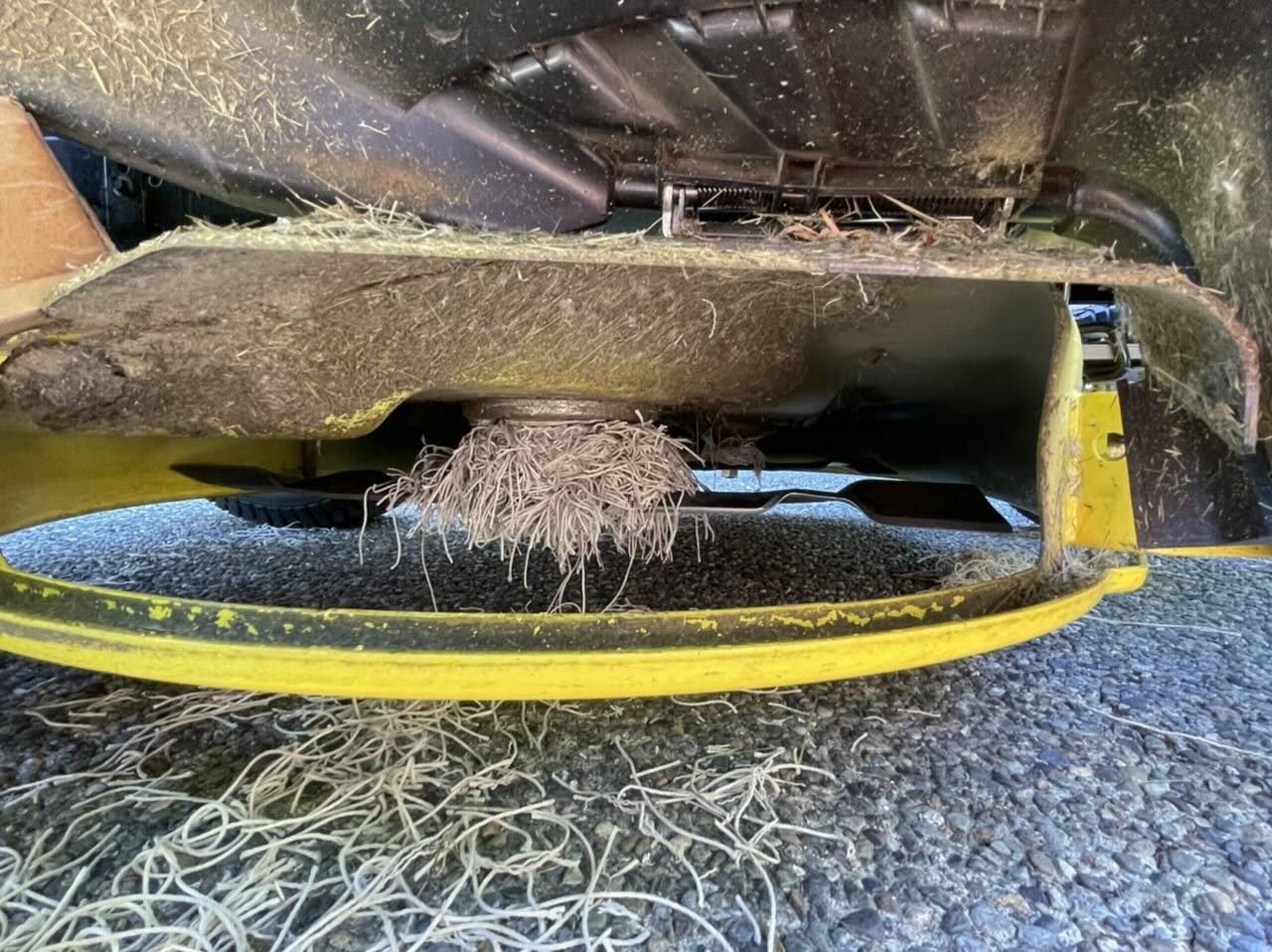
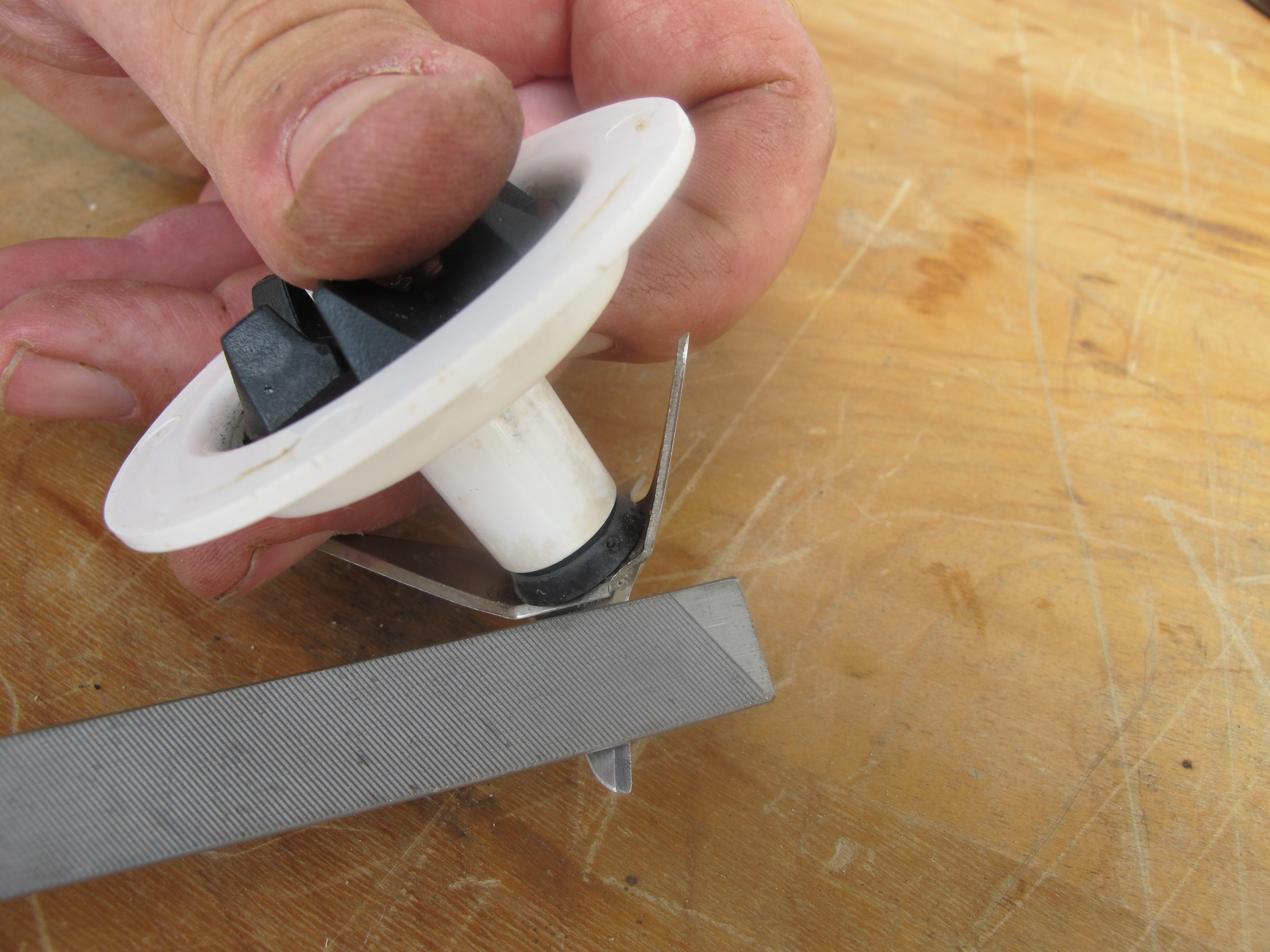
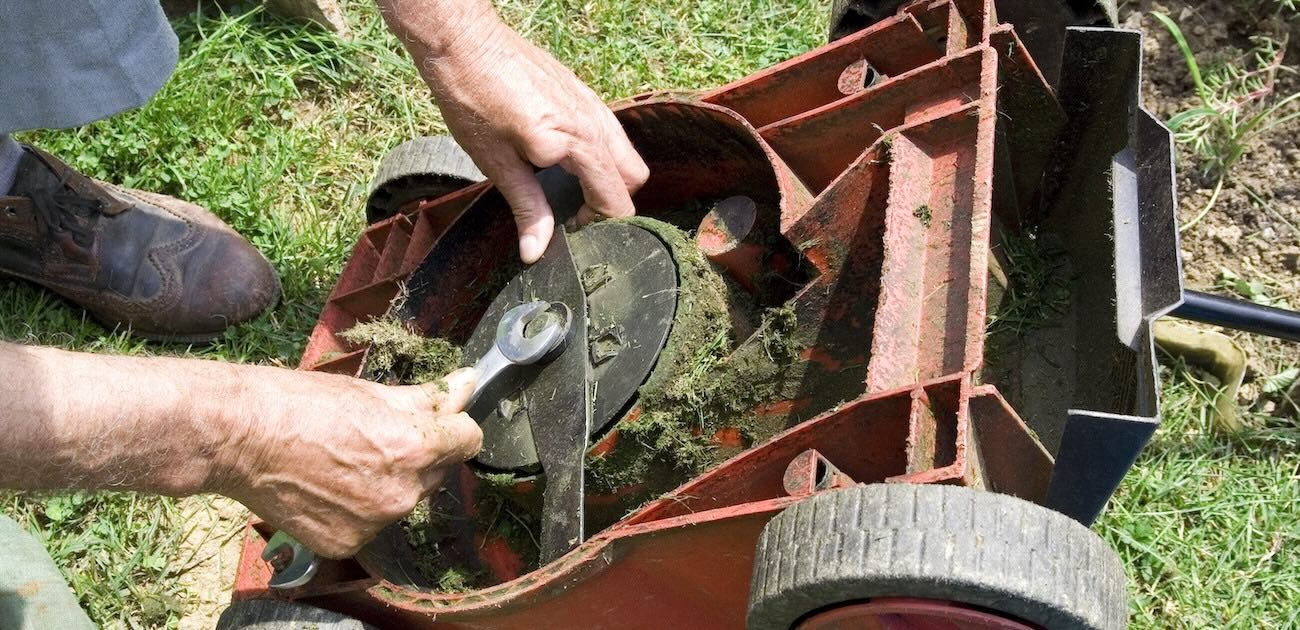

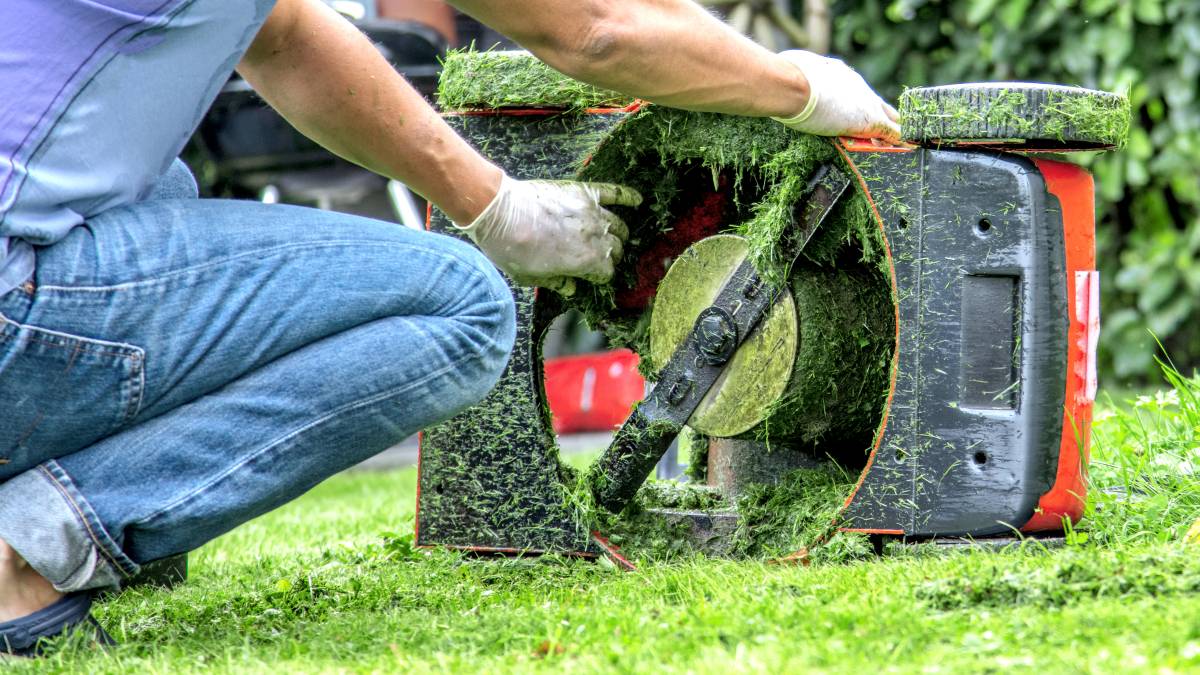
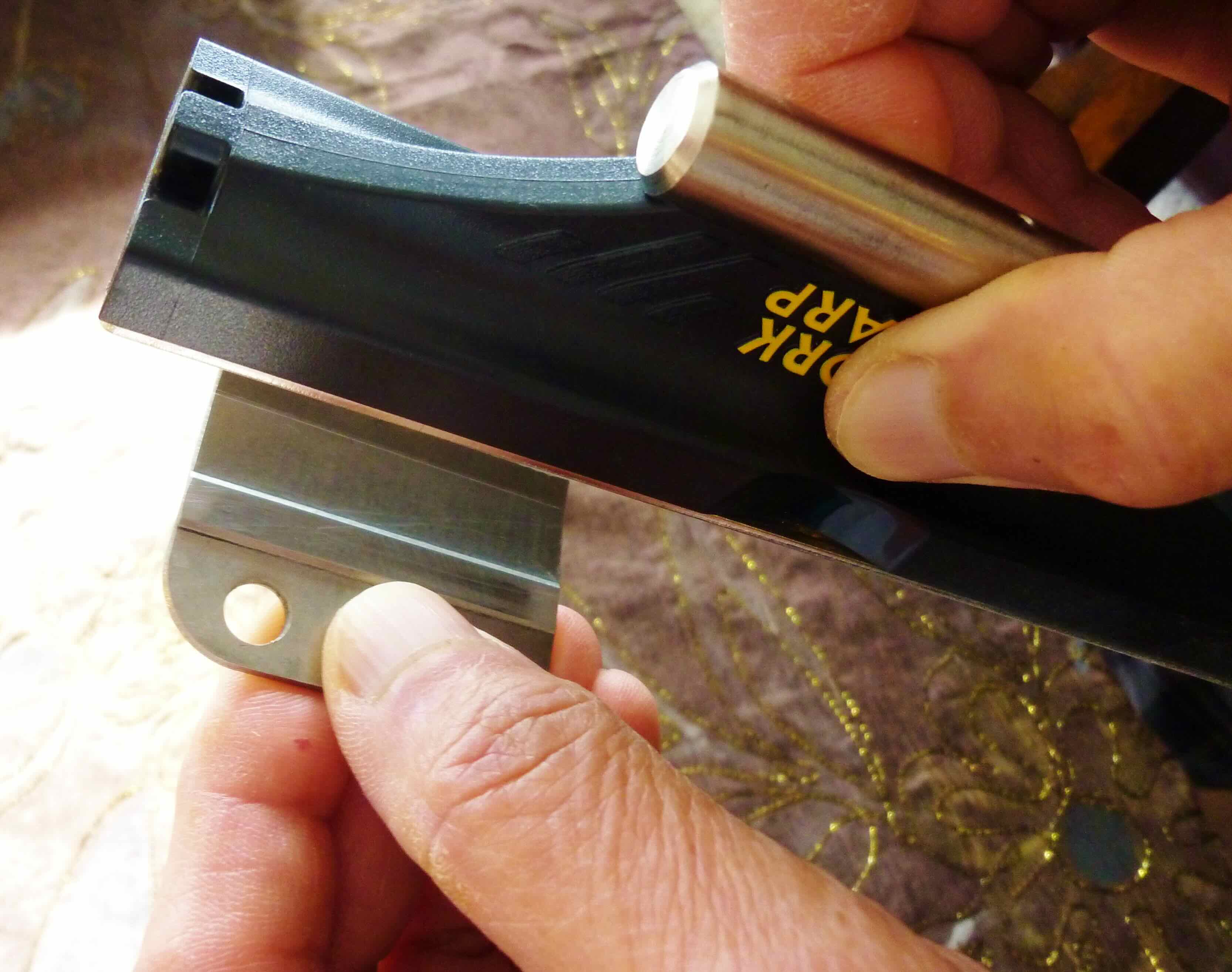
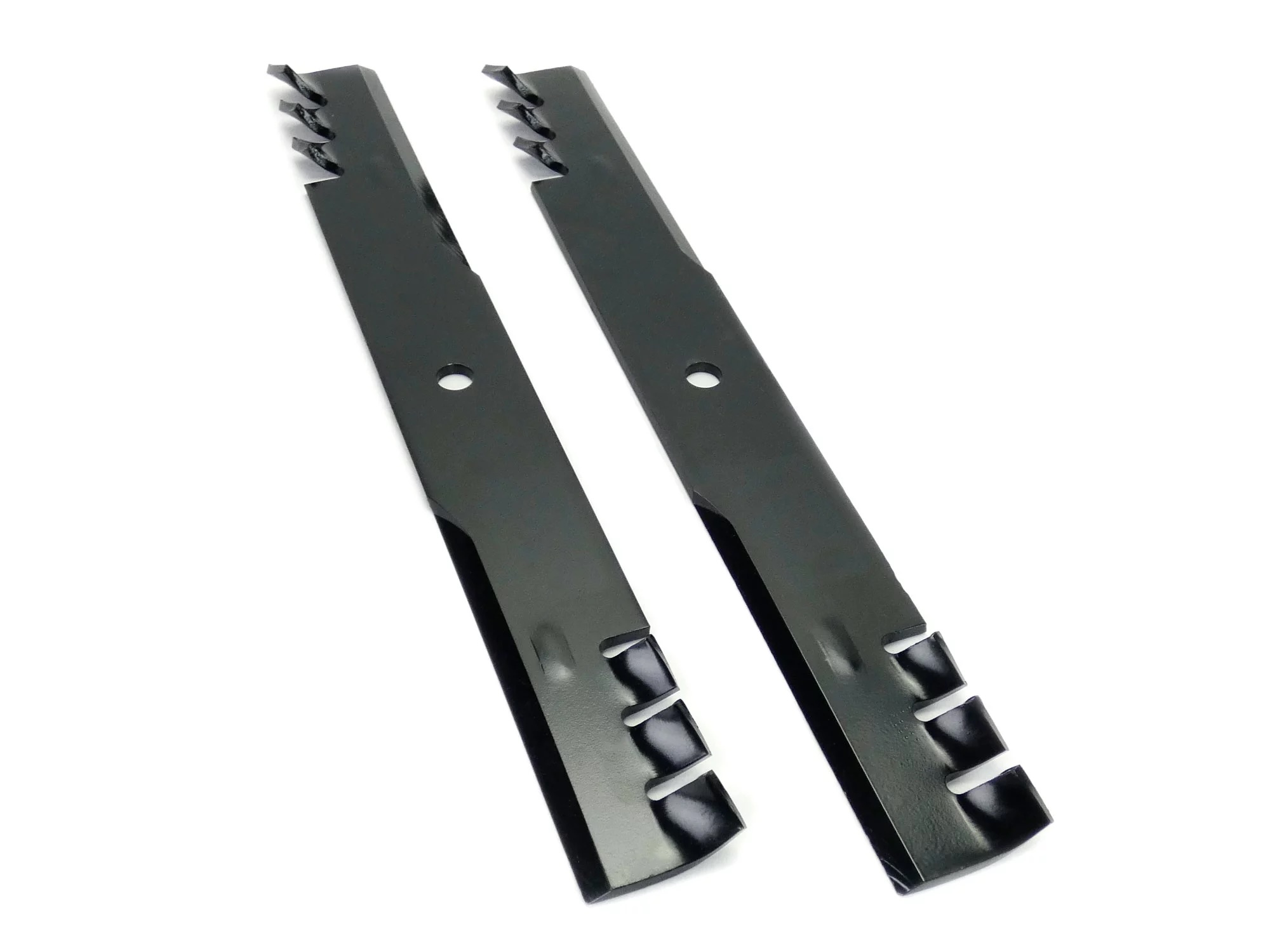
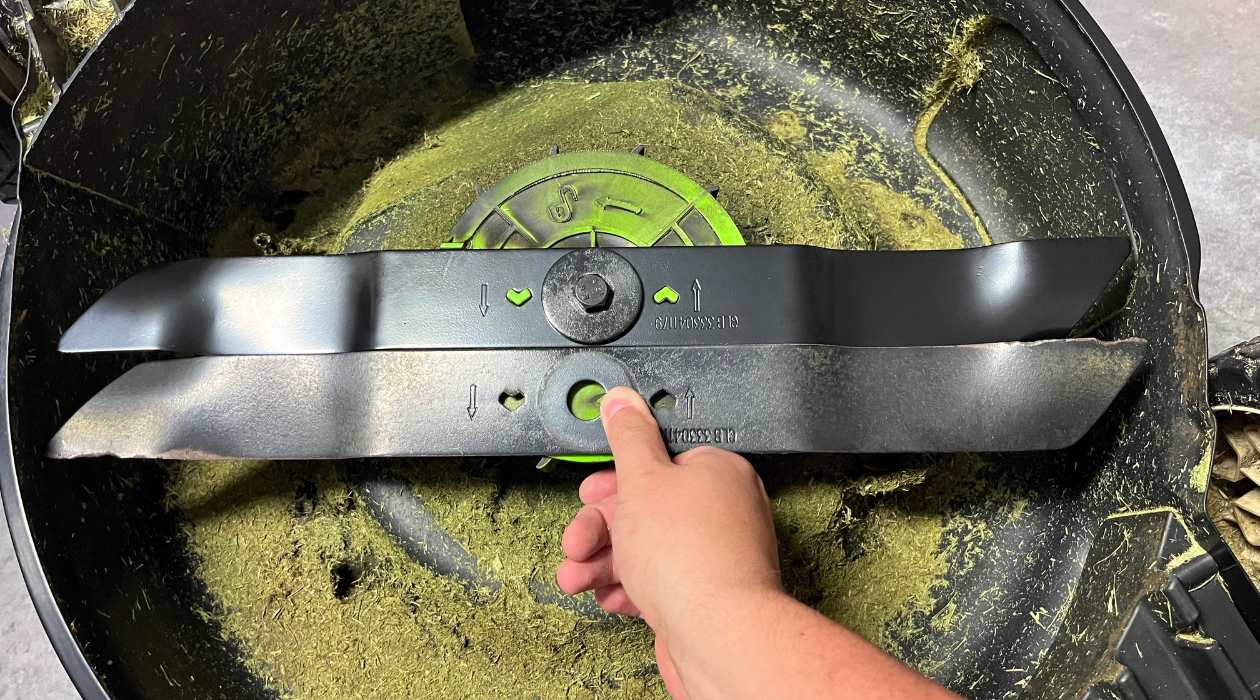
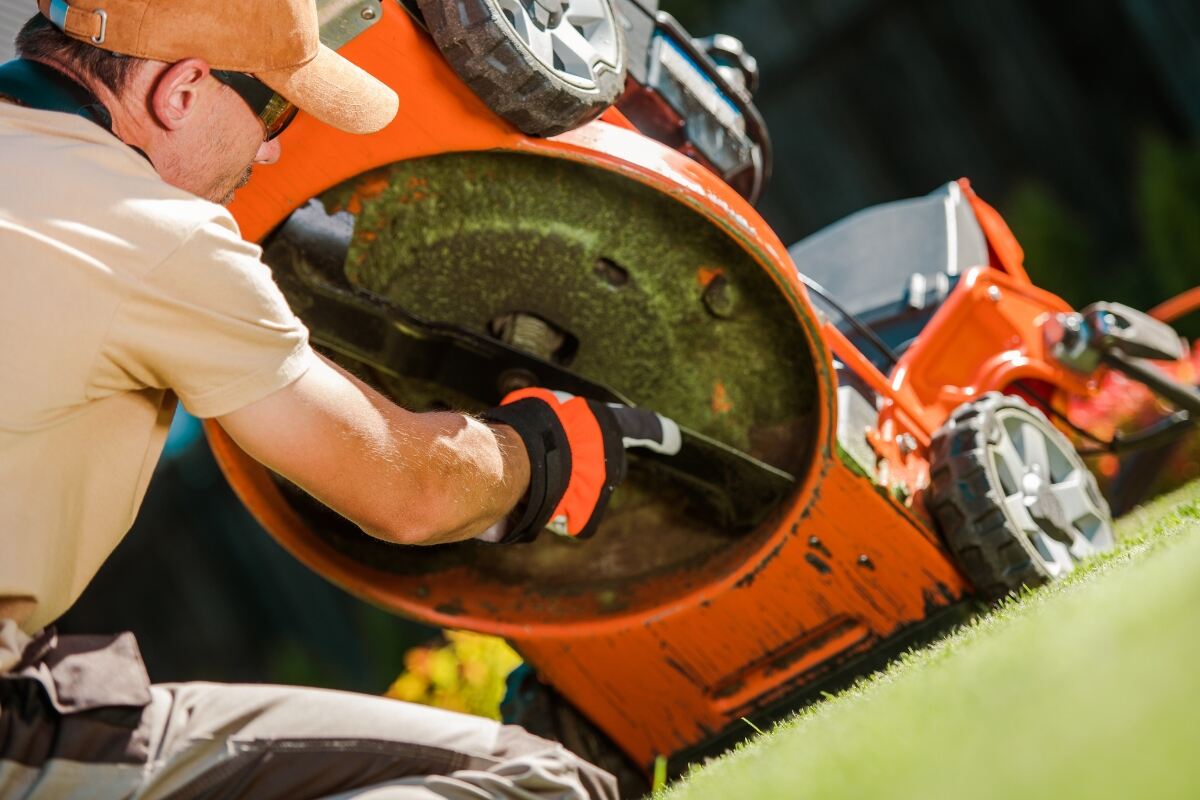
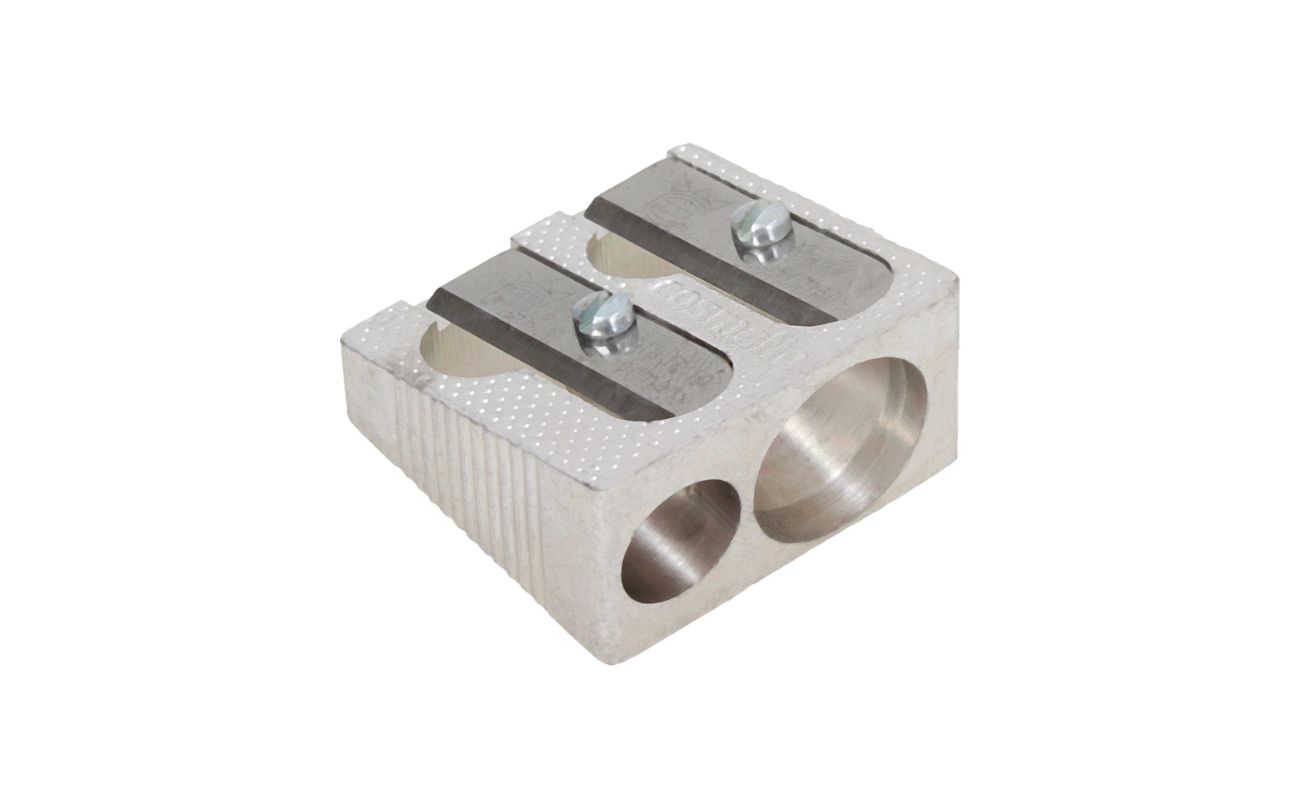
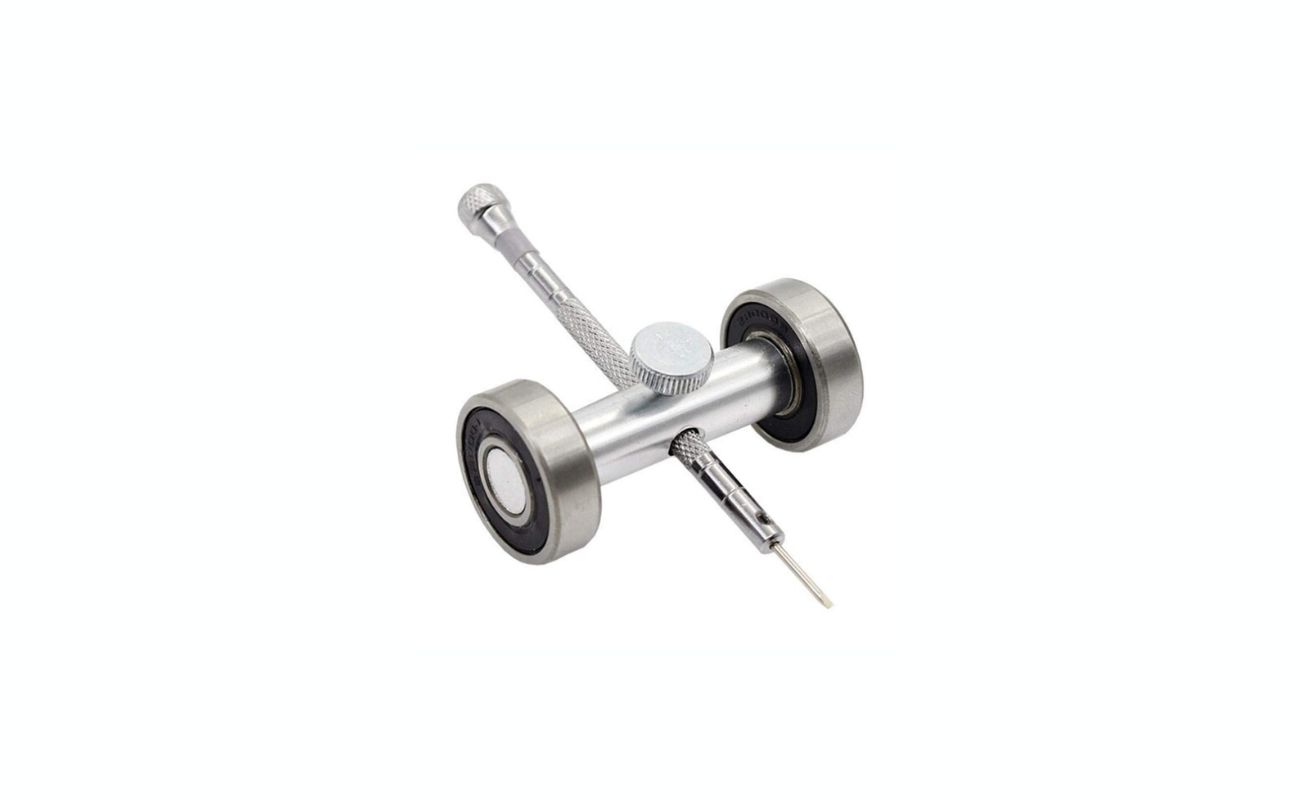
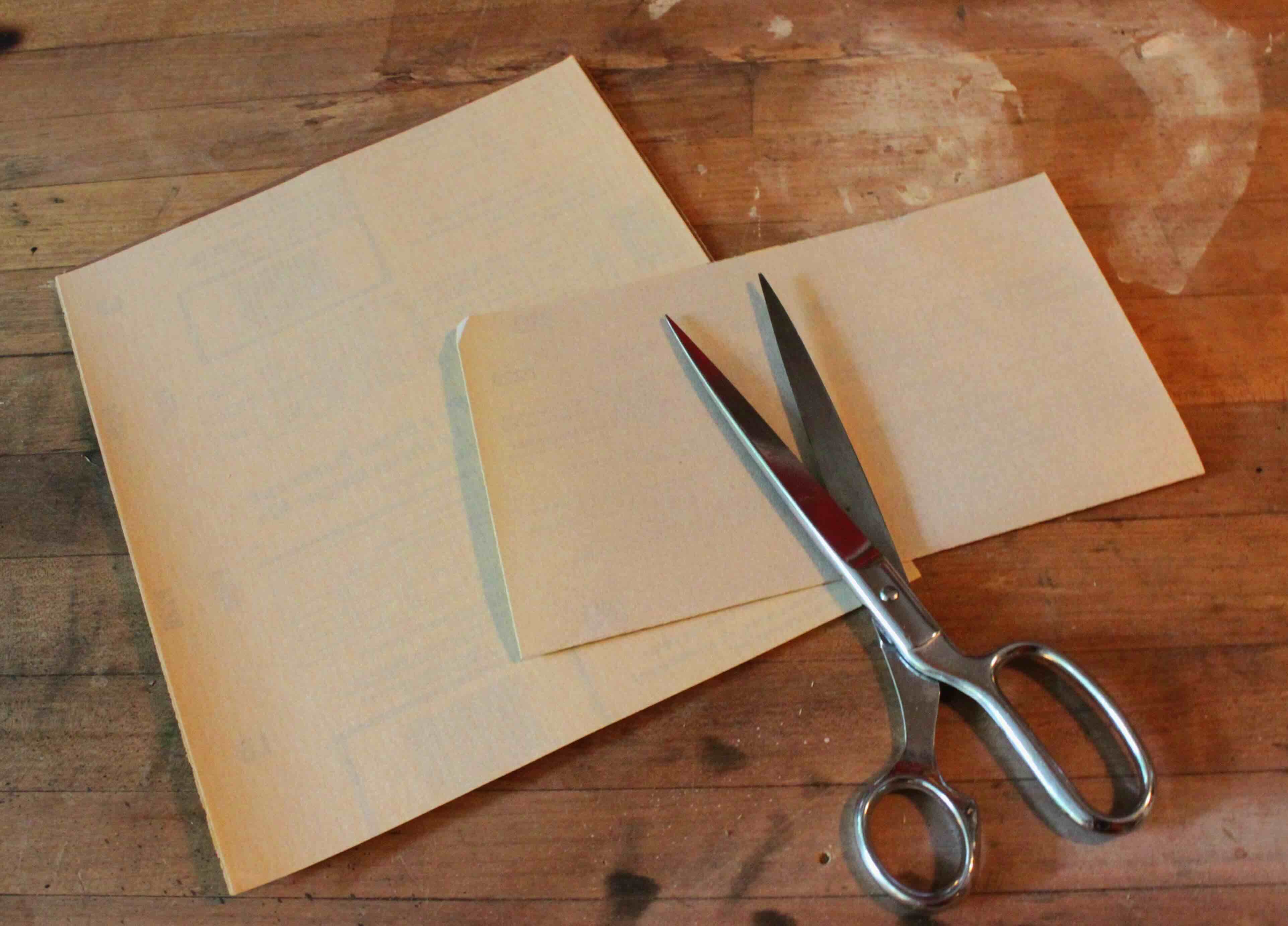
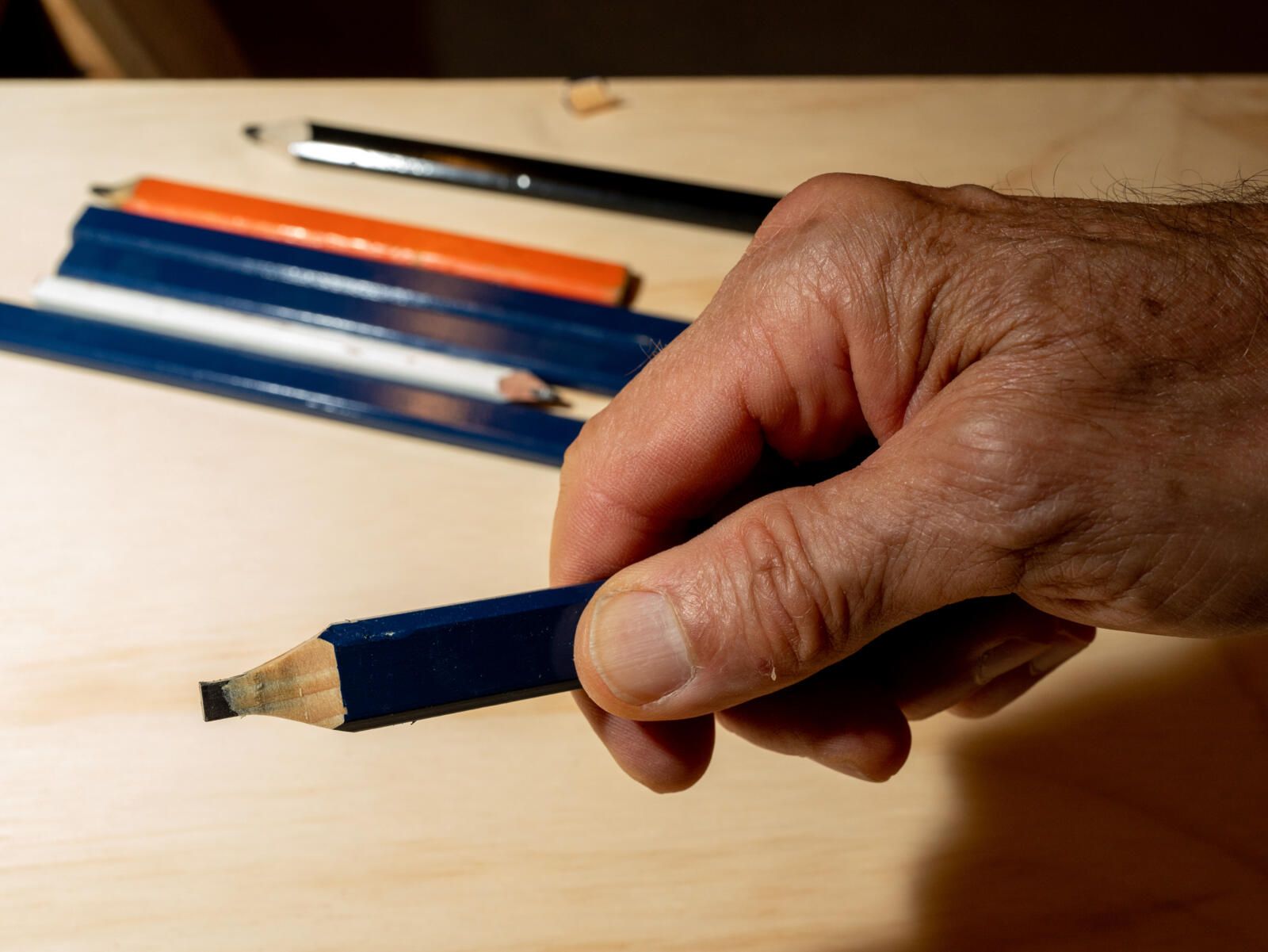
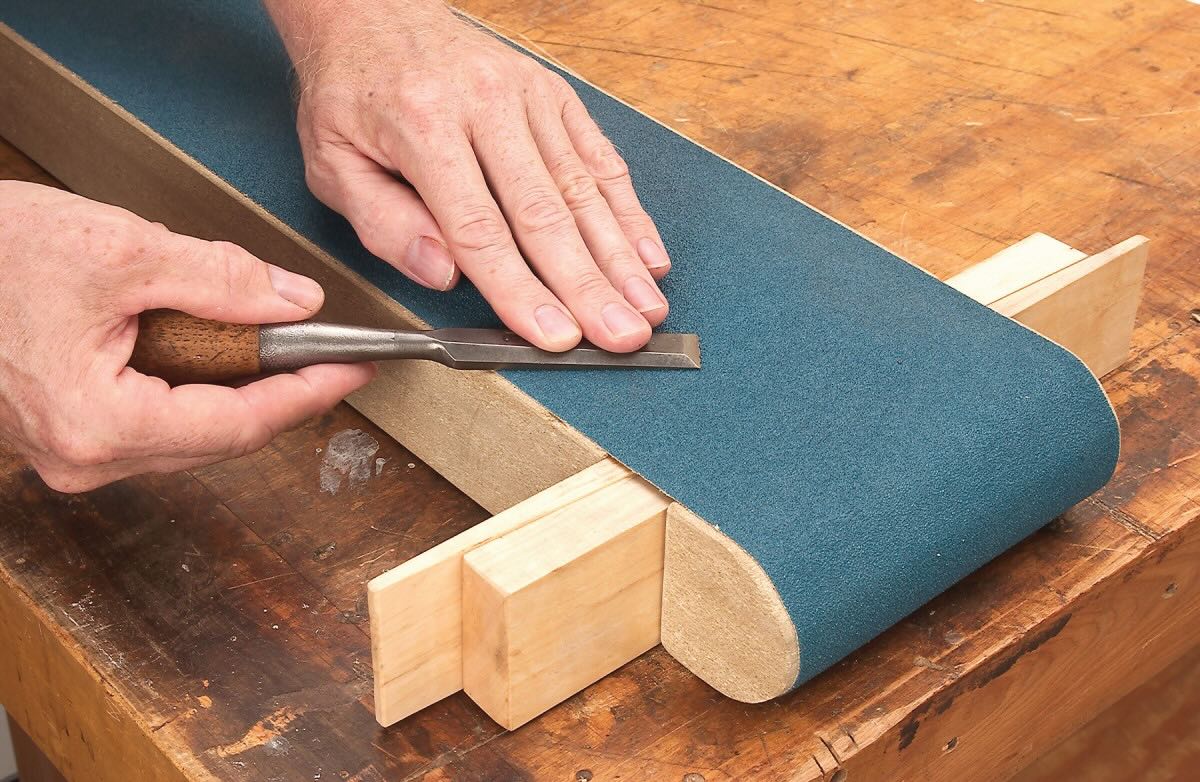

0 thoughts on “How Often To Sharpen Lawnmower Blades”